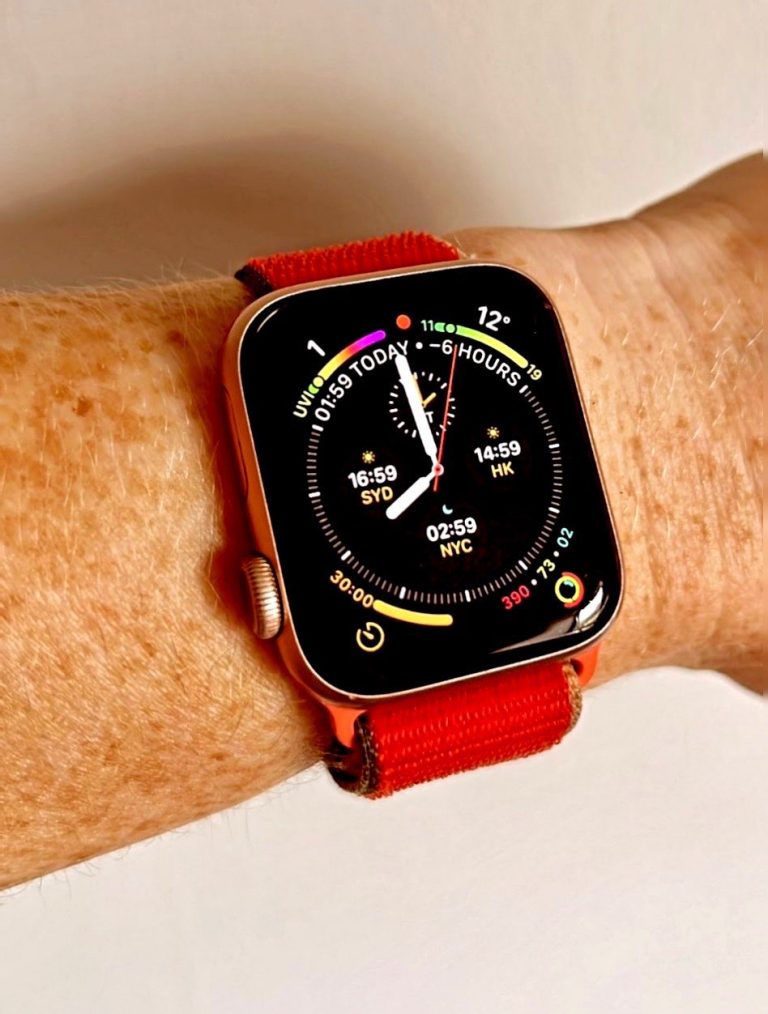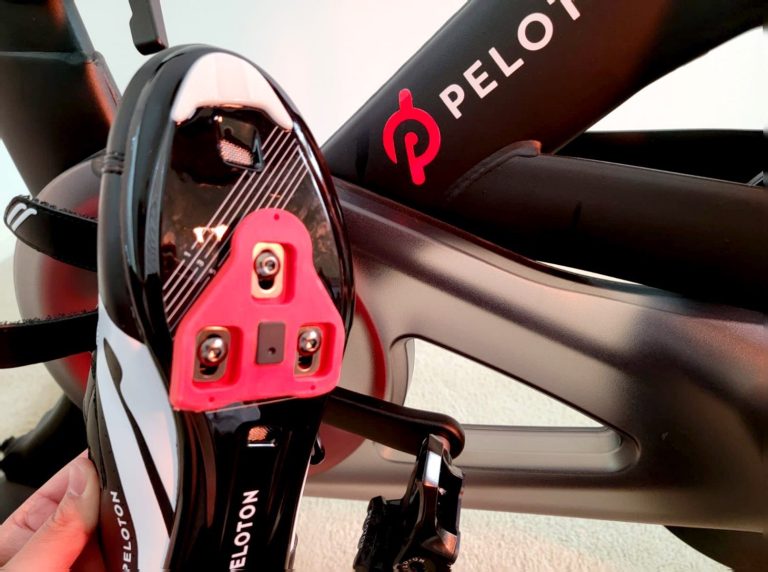Peloton Touch Screen Not Working? [Solutions]

The touch screen on your Peloton bike and treadmill is the key component to having everything run smoothly. It allows you to interact with the Peloton app, access workout classes, track performance metrics, and much more.
The question is, what do you do if your touchscreen is not working properly? Don’t go too crazy, in this article we’ll go over some common solutions to address touch screen problems, ensuring you can get back to enjoying your fitness journey.
Troubleshooting the Peloton touch screen
If you’re facing issues with your Peloton touch screen, there are a few troubleshooting steps you can try before seeking further assistance. First, attempt to restart the touch screen by powering off the equipment and turning it back on. This simple step often resolves minor software glitches that may cause the touch screen to malfunction.
Next, make sure you have the latest software update installed. Peloton regularly releases updates to improve performance and address any known issues. By ensuring you have the most up-to-date software, you can potentially resolve touch screen problems.
Additionally, it’s important to check for any loose connections. Gently inspect the cables and connections behind the touch screen to ensure everything is securely plugged in. Sometimes, a loose connection can disrupt the touch screen functionality.
Defective hardware as a cause of touch screen issues
If the aforementioned troubleshooting steps don’t resolve the touch screen problem, it’s possible that the touch screen itself is defective. To determine if this is the case, you may need to contact Peloton support for further assistance. They will guide you through a series of diagnostic tests to identify the root cause of the issue and provide the appropriate solution.
Cleaning the Peloton touch screen
A dirty touch screen can also lead to malfunctions. Regularly cleaning the touch screen can help prevent issues and ensure smooth operation. When cleaning, it’s important to use the proper method to avoid causing any damage. Start by turning off the equipment and unplugging it from the power source. Then, use a soft, lint-free microfiber cloth to gently wipe the screen. Avoid applying excessive pressure or using harsh cleaning solutions, as they may scratch or damage the surface.
Preventing touch screen issues in the future
Unless you plan on hooking your Peloton up to your Samsung t.v, some touch screen issues are unavoidable. There are steps you can take to minimize the likelihood of encountering problems in the future. Regularly cleaning the touch screen, as mentioned earlier, is an important preventive measure. This helps to remove dust, dirt, and smudges that can impair touch sensitivity.
Additionally, avoid exerting excessive pressure or force on the touch screen. Though it may be tempting to tap or swipe vigorously during intense workouts, doing so can strain the touch screen and potentially lead to issues over time. Remember to be gentle yet precise with your touch inputs.
Finally, keep your Peloton touch screen away from direct sunlight as much as possible. Prolonged exposure to sunlight can cause the screen to overheat and potentially affect its performance. By positioning your equipment in a shaded area, you can help prolong the life of both the touch screen and the entire device.
Seeking professional help for touch screen issues
If you’ve tried the troubleshooting steps and the touch screen issues persist, it may be time to consider seeking professional help. Peloton offers repair options for its equipment, and they have trained technicians who can diagnose and resolve touch screen problems. Depending on the nature of the issue, you may also be eligible for warranty coverage, so make sure to explore that possibility.
Common misconceptions about touch screen issues
Before we conclude, let’s address a few common misconceptions about touch screen issues on Peloton equipment. Firstly, some users believe that forcefully tapping or swiping the touch screen can “fix” any unresponsiveness. However, as mentioned earlier, this can actually cause more harm than good. Secondly, some users may assume that any touch screen problem means the whole device is faulty. In reality, touch screen issues can sometimes be resolved without needing to replace the entire equipment.
In conclusion, encountering touch screen problems on your Peloton bike or treadmill can be frustrating, but there are several solutions you can try. Start with simple troubleshooting steps, such as restarting the touch screen and updating the software. If necessary, contact Peloton support for further guidance or explore professional repair options. By following proper cleaning practices and taking preventive measures, you can minimize the risk of touch screen issues in the future. Remember, your Peloton touch screen is your gateway to an immersive and rewarding fitness experience, so keep it in optimal working condition and keep those workouts going!



![Can I Put a Bike Rack on a Tesla? [A Comprehensive Guide]](https://149924277.v2.pressablecdn.com/wp-content/uploads/2023/07/Bike-Rack-On-Tesla-768x768.jpg)
![How Many Calories Burned On A Rebounder? [Answered]](https://149924277.v2.pressablecdn.com/wp-content/uploads/2023/03/rebounder-calories-768x497.jpg)

